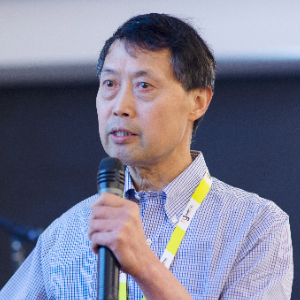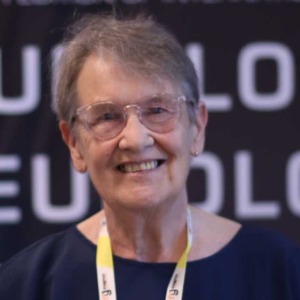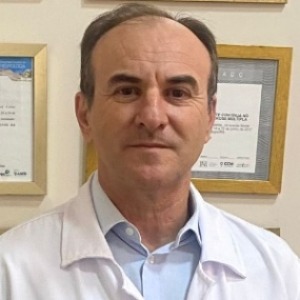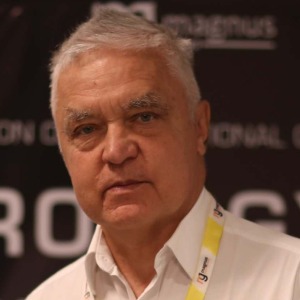Dystonic Disorder
Dystonic Disorder is a neurological disorder that causes abnormal muscular contractions. It affects both voluntary and involuntary muscle movement, often leading to involuntary twisting and repetitive movements. This disorder is commonly associated with limited raising of the arms and legs, as well as cramping and stiffness in the neck, shoulders, face, and other parts of the body. Dystonic Disorder is a neurological movement disorder that typically affects people in mid- to late adulthood, but it can also affect children. There are many different types of dystonia, each with its own set of symptoms, severity, and causes. Some types, such as focal dystonia, only affect one specific muscle or group of muscles, while others, such as generalized dystonia, can affect many different parts of the body. Dystonia can also be classified as either primary or secondary. Primary dystonia is caused by a disruption in the brain's ability to control and coordinate muscle movements. Secondary dystonia is caused by another condition such as a brain injury or a reaction to medications used to treat other conditions. Treatment for dystonic disorder depends on the type of disorder and its severity. The most common treatment is to use medication to reduce the severity of the symptoms. Anticholinergics and botulinum toxin injections can also help reduce muscle contractions associated with dystonic disorder. Physical therapy is another option to help reduce contractions while improving coordination, strength, and range of motion of the affected muscle groups. In some cases, surgery may be performed to help alleviate symptoms. Regardless of the cause of a dystonic disorder, it is important to seek medical attention as soon as possible. Early detection and treatment of the disorder can help to prevent complications such as muscle pain, disability, and progressive deterioration of movement. A doctor or specialist will use a variety of tests, including imaging scans and blood tests, to diagnose the condition so that the right treatment can be prescribed. With early diagnosis and treatment, those with dystonic disorder can lead a normal life.

Ken Ware
NeuroPhysics Therapy Institute, Australia
Robert B Slocum
University of Kentucky HealthCare, United States
Yong Xiao Wang
Albany Medical College, United States
W S El Masri
Keele University, United Kingdom
Jaqueline Tuppen
COGS Club, United Kingdom
Milton Cesar Rodrigues Medeiros
Hospital Santa Casa de Arapongas, Brazil




Title : Perception and individuality in patient cases identifying the ongoing evolution of Myalgic Encephalomyelitis/Chronic Fatigue Syndrome (ME/CFS)
Ken Ware, NeuroPhysics Therapy Institute, Australia
Title : Narrative medicine: A communication therapy for the communication disorder of Functional Seizures (FS) [also known as Psychogenic Non-Epileptic Seizures (PNES)]
Robert B Slocum, University of Kentucky HealthCare, United States
Title : Rabies: Challenges in taming the beast
Alan C Jackson, University of Calgary, Canada
Title : Neuro sensorium
Luiz Moutinho, University of Suffolk, United Kingdom
Title : Traumatic Spinal Cord Injuries (tSCI) - Are the radiologically based “advances” in the management of the injured spine evidence-based?
W S El Masri, Keele University, United Kingdom
Title : Personalized and Precision Medicine (PPM), as a unique healthcare model through biodesign-driven biotech and biopharma, translational applications, and neurology-related biomarketing to secure human healthcare and biosafety
Sergey Victorovich Suchkov, N.D. Zelinskii Institute for Organic Chemistry of the Russian Academy of Sciences, Russian Federation